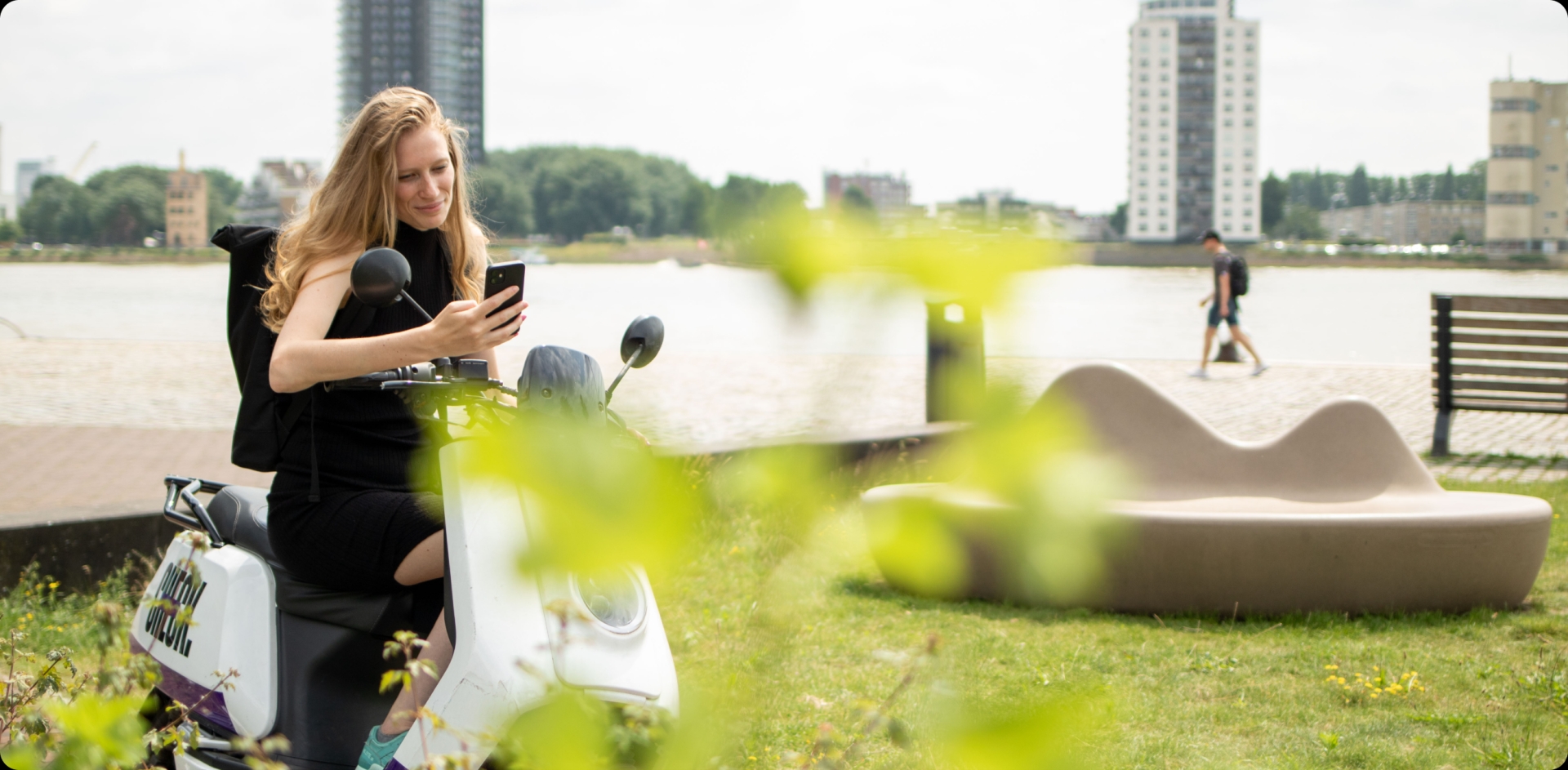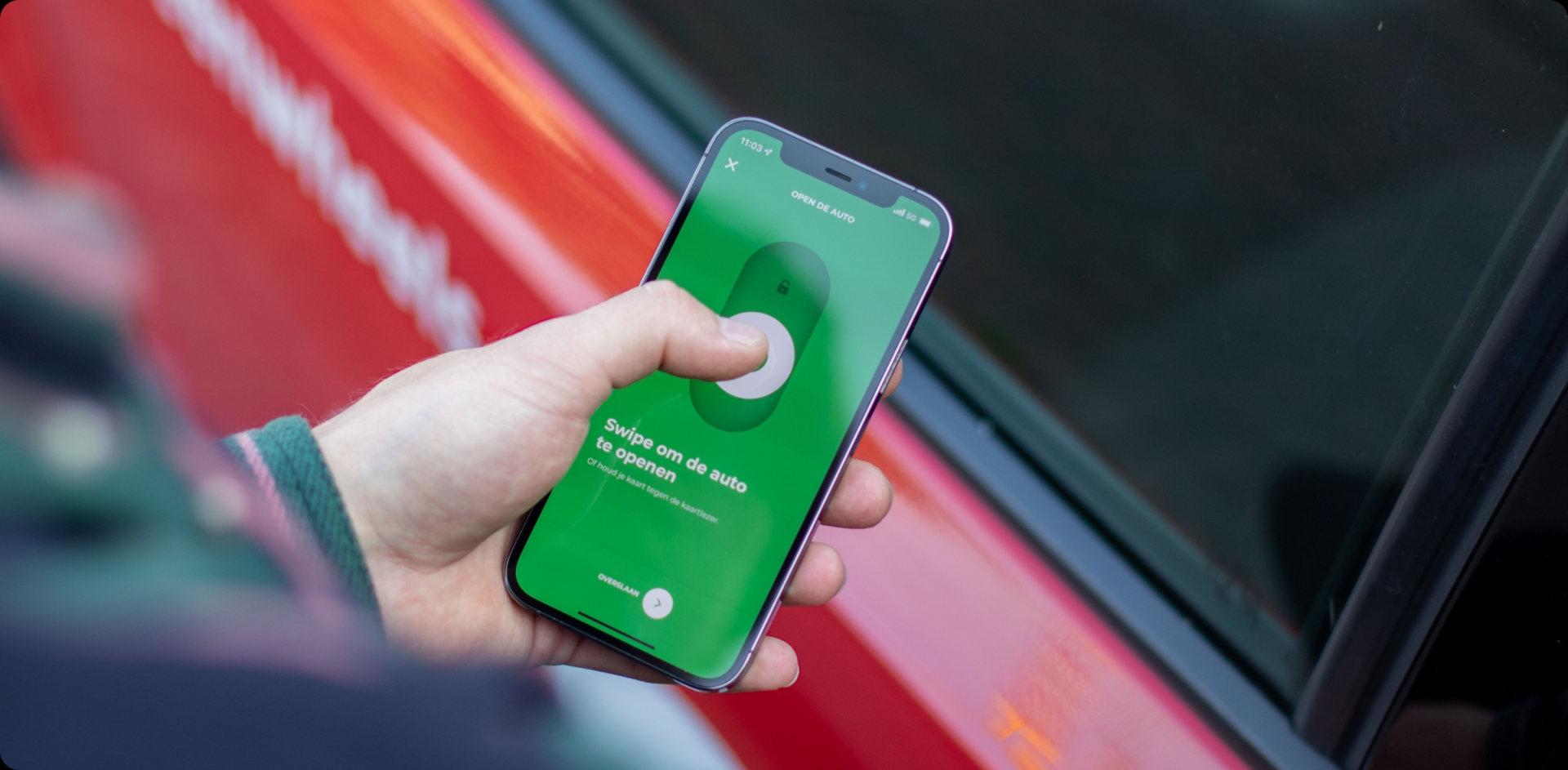IoT and Data transforming maritimeThe maritime sector
- Internet of Things
- Data Science
- Transformation

Menu

Jan 10, 2022
8 min

Rogier Stroband
Imagine this: it's June 2025, and you get into your car to go to work. You already hear on the radio that there is traffic jam on your route, and indeed, you have to join the queue again. Chances are, you'll think back to the quarantine period. Where did it go wrong?
The coronavirus crisis has shrunk our world and made us more uncertain about the future. We cannot ignore that this crisis has had a tremendous impact on daily life. This was no different from previous crises. Before 9/11, we could almost board the plane without any checks, and applying for a mortgage was much simpler before the 2008 banking crisis. The coronavirus crisis has had an even more global impact on our lives. How has the coronavirus crisis changed the mobility market?
The traveler survey by the RAI confirms that some of the telecommuters during the crisis also want to work from home in the future. In potential, this results in a saving of more than 0.4 megatons of CO2 per year and 10 percent less car traffic. On the other hand, the research also shows a growing demand for more 'virus-free' transportation, such as cars and bicycles.
In short, the desire and the necessity to change our mobility behavior are there. But which innovations will make this transition a success?

Shared Mobility is the overarching term for sharing cars, bikes, or other transportation options. It's about paying for usage, not ownership. This is beneficial for the environment, your wallet, and reducing traffic congestion. Additionally, Shared Mobility has become a widely used alternative to public transportation during the coronavirus crisis.
Shared Mobility has been gaining ground in recent years. Urban dwellers increasingly find owning a personal car, bike, or other means of transportation inconvenient and expensive, opting instead for more sustainable solutions.
Our client, Greenwheels, already experienced a significant increase in usage during and immediately after the coronavirus crisis.
The growth is now accelerating, which is great because it means fewer cars on the streets and more livable cities.


Micromobility is the collective term for lightweight means of transportation, usually not exceeding 25 km per hour and used for trips of up to 10 km. This includes (electric) bicycles, scooters, electric scooters, and skateboards.
In the Netherlands, we see Micromobility in the streets, especially through the shared scooters of Felyx and Check, as well as Go Sharing. Electric scooters are already prevalent in other European countries but are not yet allowed in the Netherlands. However, there is increasing pressure to enable this mode of transportation in the short term in the Netherlands.
The World Economic Forum recently indicated that Micromobility providers could play a significant role during and after this crisis. The focus was particularly on the transportation infrastructure for emergency responders and the transport and delivery of food and other essentials.

Due to the growth of shared mobility and micromobility, combining multiple modes of transportation becomes increasingly attractive. Especially when we can provide better visibility into various transportation options such as trains, trams, micromobility, and car-sharing by offering real-time occupancy data.


In recent years, various innovations have enabled contactless payments and opening locks. The COVID-19 crisis has further accelerated the growth of contactless payments. This trend is also evident in the mobility sector. Contactless payment at gas stations, (shared) cars with keyless entry, the digitization of transport tickets, and contactless payment in taxis will increasingly become the norm in the (post)-COVID era.

Just like in previous crises, the business sector bears the responsibility for making this transition a success.
Automakers naturally focus on electric transport and autonomous driving, but in recent years, they have also increasingly emphasized offering Shared Mobility and Micromobility. For instance, Ford recently acquired the e-scooter provider Spin, and Volkswagen invested in the startup Argo AI.
Startups are also making waves in the mobility market. The Israeli startup Enroute rewards purchases from major online retailers with sustainable kilometers. The Dutch startup Figo enables the sharing of lease cars, and Swapfiets is making bicycles increasingly attractive to people in the Netherlands, Belgium, and now even Denmark.
We are undoubtedly entering an interesting time, especially in the field of mobility. Now, we hope that in June 2025, we look back on this period and realize, "The COVID-19 crisis has truly brought about a change in mobility."

